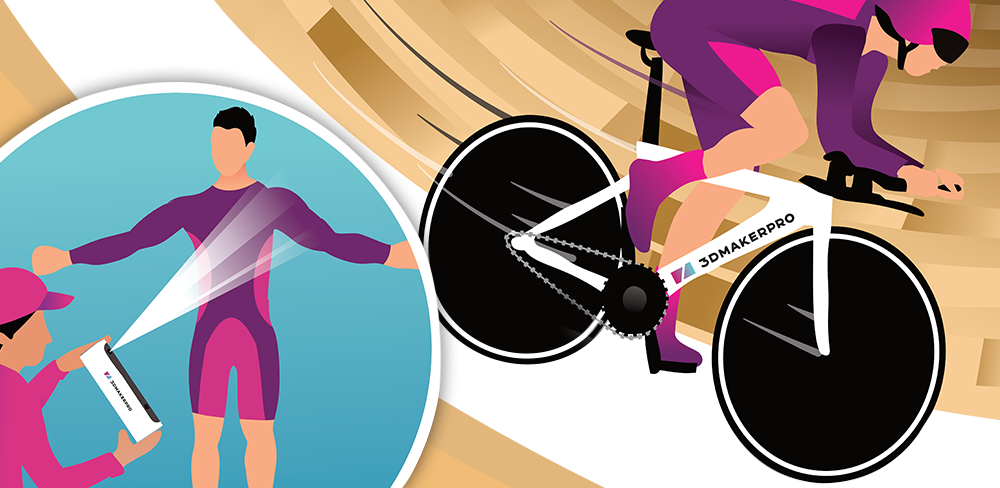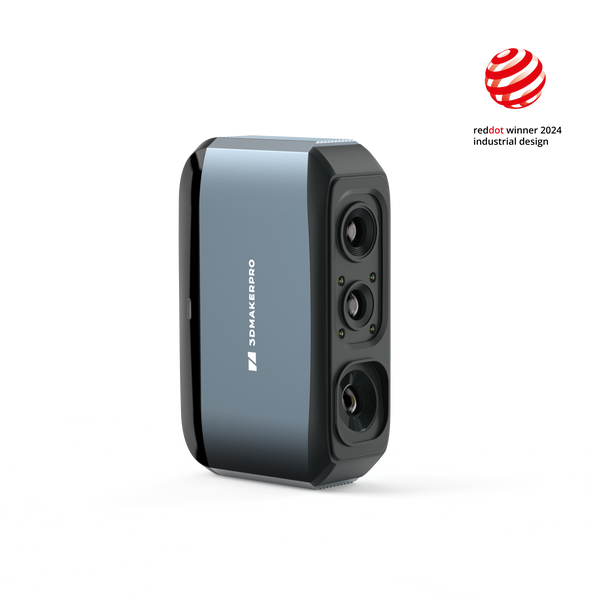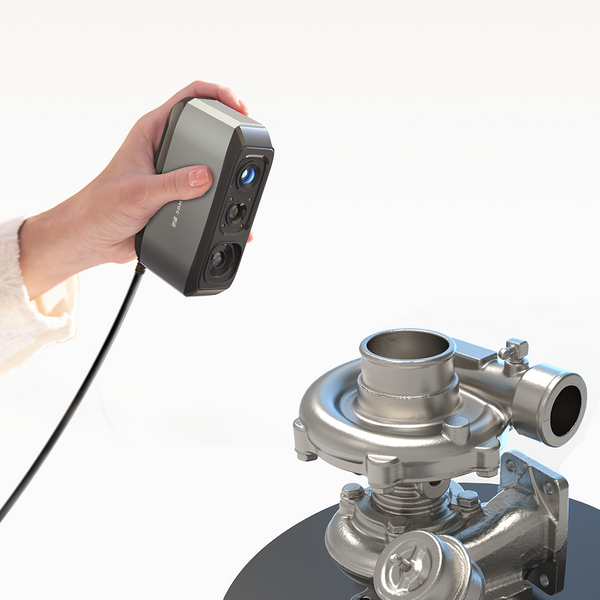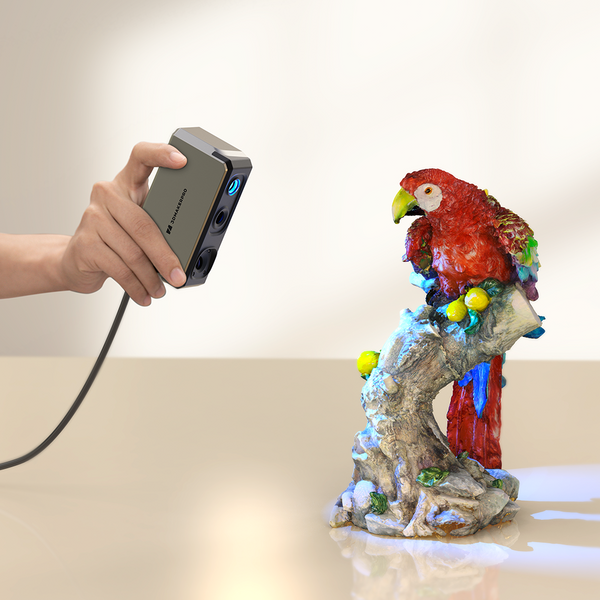The integration of 3D scanning technology in the Olympics is revolutionizing how athletes prepare, compete, and recover. This cutting-edge technology enhances performance, ensures better equipment fit, and provides unprecedented customization. Here are some key ways 3D scanners are making a significant impact:
Custom Shoes for Athletes
No one’s foot is 100% identical with another. One of the most exciting applications of 3D scanning technology is in the creation of custom shoes for athletes. By scanning the feet of athletes, manufacturers can produce shoes that fit perfectly, enhancing comfort and performance. This process involves capturing the exact dimensions and contours of an athlete’s feet, which are then used to design shoes tailored to their specific needs. Some sports brands have already started using this with reverse engineering scanning technology to create custom footwear. This not only helps in preventing injuries but also improves the overall efficiency of the athlete’s movements.
Custom Bike Parts
3D scanning is also being used to create custom parts for bicycles, particularly for sports like cycling where precision and aerodynamics are crucial. By scanning an athlete’s face and body, manufacturers can design bike parts that are perfectly suited to their physique. This includes custom handlebars, seats, and even entire bike frames. For instance, the Bolide F HR 3D bike available for Filippo Ganna and the global market, which broke the hour record, was designed using 3D printing to achieve optimal aerodynamics and lightweight construction. This level of customization ensures that athletes can perform at their best, with equipment that is tailored to their unique body shapes and riding styles.
Custom Paddles for Rowing
In rowing, the efficiency and comfort of the paddles can significantly impact performance. 3D scanning technology is being used to create custom paddles that are perfectly suited to an athlete’s grip and rowing style. By scanning the hands and arms of rowers, manufacturers can design paddles that reduce strain and improve stroke efficiency. This customization helps athletes maintain better control and power during races, potentially leading to improved performance and reduced risk of injury.
Enhancing Fairness and Performance
Beyond individual customization, 3D scanning technology is also being used to ensure fairness in competitions. For example, in sailing, 3D scanners are used to inspect and verify the equipment used by athletes, ensuring that all competitors have access to the same quality of gear. This helps maintain a level playing field and ensures that races are decided by skill rather than equipment advantages.
In Summary
The use of 3D scanning technology in the Olympics is a game-changer. From creating custom shoes and bike parts to ensuring fairness in competitions, this technology is enhancing the performance and experience of athletes. As 3D scanning continues to evolve, we can expect even more innovative applications that will further revolutionize the world of sports.















